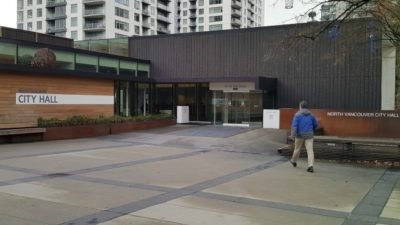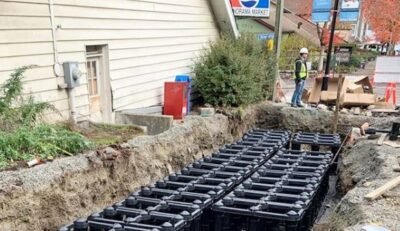More than 50,000 kits containing the life-saving medication naloxone have been used to reverse opioid overdoses in B.C.
In total, 175,022 naloxone kits have been reported distributed to people who use drugs and those who are likely to witness an overdose through the BC Centre for Disease Control’s (BCCDC) Take Home Naloxone program.
“Every free naloxone kit distributed in B.C. is a statement that we are committed as neighbours, as a community, as a province, to saving lives,” said Judy Darcy, Minister of Mental Health and Addictions. “We know that people need to be alive to find their own unique pathway to healing and hope and this announcement tells people using drugs loud and clear that we want them to live.”
The programme was launched in 2012 and was rapidly scaled up in 2016 in response to the overdose public health emergency. Between 2012 and the end of 2015, 5,073 kits were reported distributed. Since 2016, 169,949 have been given out.
It’s expected that the total number of kits used to reverse an overdose is far greater than the 50,000 reported. The Take Home Naloxone programme does not receive data about every kit distributed in the province.
“The Take Home Naloxone programme is a crucial component of the emergency response to the overdose crisis in our province and I’m proud of our partners and community members for their dedication and working quickly and creatively to get this life-saving medication into the hands of people who need it,” said Dr. Jane Buxton, harm reduction lead for the BCCDC, the program that runs the Take Home Naloxone program.
“However, people need access to a safer supply of substances so they don’t use the highly toxic street drugs that puts them at risk of an overdose.”
The Take Home Naloxone programme distributes kits throughout British Columbia. There are currently 1,678 active distribution sites including over 700 community pharmacies across the province in all five regional health authorities.
“I’ve been a naloxone trainer for three years and I’ve trained students, foster parents, parole officers and people of the community,” said Paul Choisil, harm reduction leader, peer mentor, and Take Home Naloxone trainer at the Robert & Lilly Lee Community Health Centre and a naloxone trainer at Vancouver Detox. “Everyone who might witness an overdose should carry a naloxone kit because it’s a lifesaving tool. I strongly believe every life matters in our community, too many have died already. You can also make a difference; kits are free.”
People who use drugs are often the first on the scene of an overdose and play a critical role in administering naloxone to save their peers. The Take Home Naloxone program is collaborating with partners to explore novel ways of making the life-saving medication more accessible to people who are likely to witness an overdose.
BCCDC is working with BC Emergency Health Services so paramedics responding to an overdose can provide replacement kits to community members who have used their kits. BC Emergency Health Services paramedics respond to an average of 64 overdose or poisoning calls per day in B.C.; community paramedics also distribute naloxone to patients in their homes or during health information sessions.
BCCDC also provides kits to PHSA’s Corrections Health Services which are distributed to people leaving provincial corrections facilities, a time when they are at higher risk of overdose and overdose death. Approximately 4,500 kits have been distributed through the BC Corrections system.









Comments
NOTE: The North Shore Daily Post welcomes your opinions and comments. We do not allow personal attacks, offensive language or unsubstantiated allegations. We reserve the right to edit comments for length, style, legality and taste and reproduce them in print, electronic or otherwise. For further information, please contact the editor or publisher, or see our Terms and Conditions.